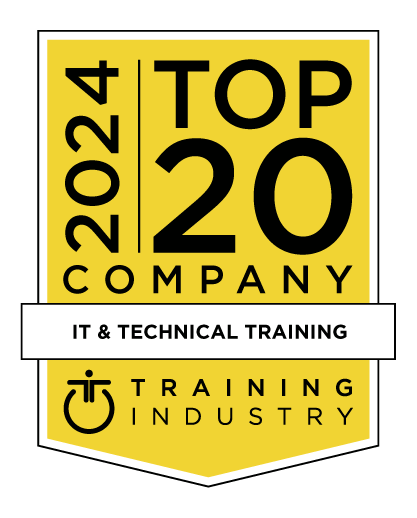title
Please take a moment to fill out this form. We will get back to you as soon as possible.
All fields marked with an asterisk (*) are mandatory.
Logistics and Supply Chain Management
Course Description
Overview
The supply chain is a crucial part of any business’ success. Optimizing the flow of products and services as they are planned, sourced, made, delivered, and returned can give your business an extra competitive edge.This two-day course will introduce you to the basic concepts of supply chain management, including the basic flow, core models, supply chain drivers, key metrics, benchmarking techniques, and ideas for taking your supply chain to the next level.
Objectives
- Define supply chain management and logistics
- Explain the vertical integration and virtual integration models
- Understand the stages in the basic supply chain flow
- Identify participants in the supply chain
- Recognize supply chain drivers and ways to optimize them
- Align supply chain strategy with business strategy
- Determine what metrics to track and how to benchmark the related data
- Troubleshoot basic supply chain problems
- Identify ways to develop your supply chain, such as using third-party logistics providers (3PL’s), insourcing processes, developing sustainable and eco-friendly strategies, leveraging process improvement strategies, and adopting new techniques
Topics
- You will spend the first part of the day getting to know participants and discussing what will take place during the workshop. Students will also have an opportunity to identify their personal learning objectives.
- The beginning is always a good place to start. Right here students will learn about the terms that arise from a definition of logistics and supply chain management. Also covered here are related regulations and resources.
- This session gives students a look at the vertical and virtual integration models for supply chains. The focus then shifts to anticipated changes in supply chains.
- This session delves into the structure of supply chains. Students are shown the links in a chain, participants in a supply chain, how to design a supply chain, and it wraps up with a look at the bullwhip effect.
- This is where students will learn about some key drivers that impact the efficiency and effectiveness of supply chains. Also covered in this session is a discussion of transportation methods.
- Covered in this session are ways to identify your market and how to look at your role in a supply chain. Also touched upon is how to analyze the data you’ve uncovered and the next steps to identify where you want to be.
- This session gives students a chance to consider supply chain risks and ways to manage them.
- This session tackles data head-on and looks at ratios and formulas, benchmarking, the SCOR model, the Balanced Scorecard, and supply chain management dashboards.
- Here, students are given tips and methods on how to pick up on signs of trouble in a supply chain and supply chain best practices.
- This is the session that addresses outsourcing, insourcing, offshoring, and reshoring. It also covers third- and fourth-party logistics providers, as well as ways to build partnerships within a supply chain.
- Students are introduced to sustainability as it relates to supply chains in this session and how to reduce their supply chain’s impact on the environment.
- Lean techniques are useful for a supply chain and students are given a grounding in this topic here as well as how to apply Lean practices to a supply chain.
- It’s always good to consider the future of any industry your students are involved in and this session looks at the top trends in supply chain management.
- At the end of the course, students will have an opportunity to ask questions and fill out an action plan.
Related Courses
-
Project Scope and Risk Management
PMPM-140- Duration: 2 Days
- Delivery Format: Classroom Training, Online Training
- Price: 1,400.00 USD
-
Project Time and Schedule Management
PMPM-145- Duration: 2 Days
- Delivery Format: Classroom Training, Online Training
- Price: 1,400.00 USD
Self-Paced Training Info
Learn at your own pace with anytime, anywhere training
- Same in-demand topics as instructor-led public and private classes.
- Standalone learning or supplemental reinforcement.
- e-Learning content varies by course and technology.
- View the Self-Paced version of this outline and what is included in the SPVC course.
- Learn more about e-Learning
Course Added To Shopping Cart
bla
bla
bla
bla
bla
bla
Self-Paced Training Terms & Conditions
Exam Terms & Conditions
Sorry, there are no classes that meet your criteria.
Please contact us to schedule a class.

STOP! Before You Leave
Save 0% on this course!
Take advantage of our online-only offer & save 0% on any course !
Promo Code skip0 will be applied to your registration
Purchase Information
title
Please take a moment to fill out this form. We will get back to you as soon as possible.
All fields marked with an asterisk (*) are mandatory.










